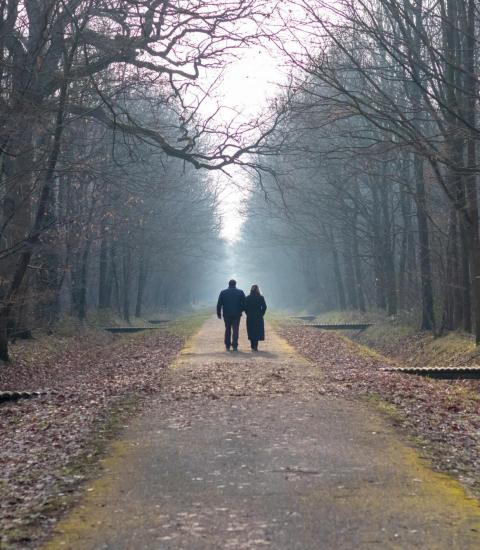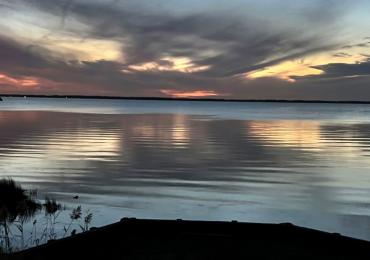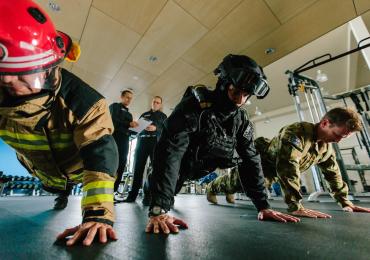
I frame my research and design work through one of occupational therapy’s ecological models of practice called the Person-Environment-Occupation-Participation model. Designers and occupational therapy practitioners share the person-environment connection in our respective work. We, as people are connected to our various environments. So, environments matter. It is an important point of synergy for our respective professions. Taking it a step further, occupational therapy practitioners conceptualize the person-environment relationship on a broader scale by including occupation and participation in the equation. Occupations are activities, and being in and doing in nature, such as gardening, strolling, and outside play are examples of occupations that children and adults engage in. For many people, these are important activities that shape their lives for the better. They certainly do enhance my life! I firmly believe that environments that are well designed to enable people to participate in outdoor activities that provide them with meaning and a sense of purpose are where attachments to place and with others are created. When people are able to do what they want, in any given place that they feel a connection with because the environment has been designed to support their needs, the person-environment-occupations trifecta has been achieved. Lacking this three- pronged relationship, human function can actually decline.
I’ll share an actual example of this person-environment-occupation trifecta in context. Years ago, I worked with a landscape architecture team to design a therapeutic courtyard garden at an assisted living facility. The residents at the facility are quite frail, but passionately attached to nature. I knew that for the garden to be successful, it had to meet the residents’ needs and to provide purpose, meaning, and connection. To help make the garden inclusive, welcoming, and safe for residents, I recognized it needed handrails. When I see handrails in a garden, I don’t see disability or infirmity. I see ability and opportunity- for those who would otherwise be unable to use the garden, a place to experience presence and engagement, to hold on and walk along, or to stop and gaze, to use as an exercise element; a place to meet, and a gentle wayfinding tool. Perhaps you are thinking that railings are ugly and institutional? Not so! My vision for the railings was that they be aesthetically appealing and integrated throughout the garden, to flow with the lines of the plantings and seating, to be an element of beauty and safety. While I got some initial pushback likely because the idea was novel and not to that point ever considered, I remained convinced of their value and the railing were designed into the plan. They seamlessly blend into the garden and have increased the usability and connection to place that the residents feel towards this beloved garden. Do you have any stories about the person, environment, occupation in nature to share? Please do!



